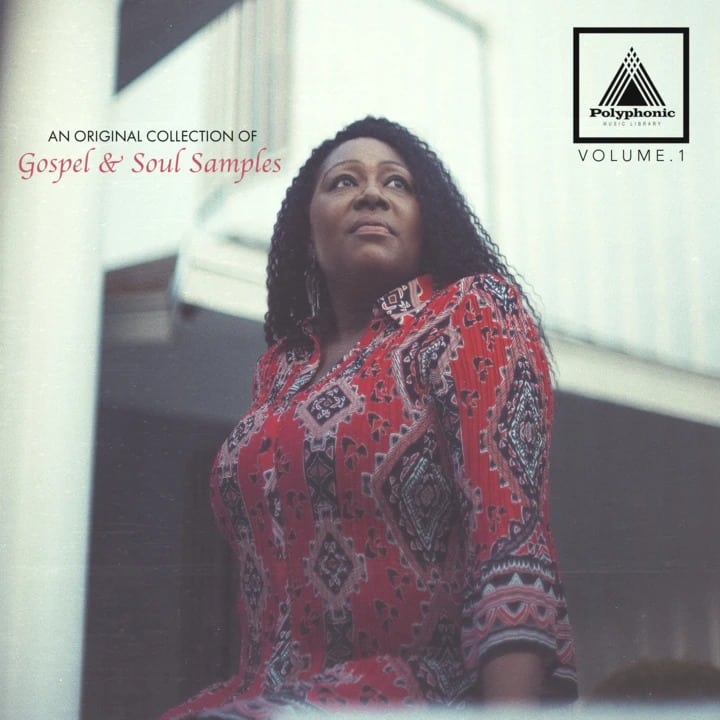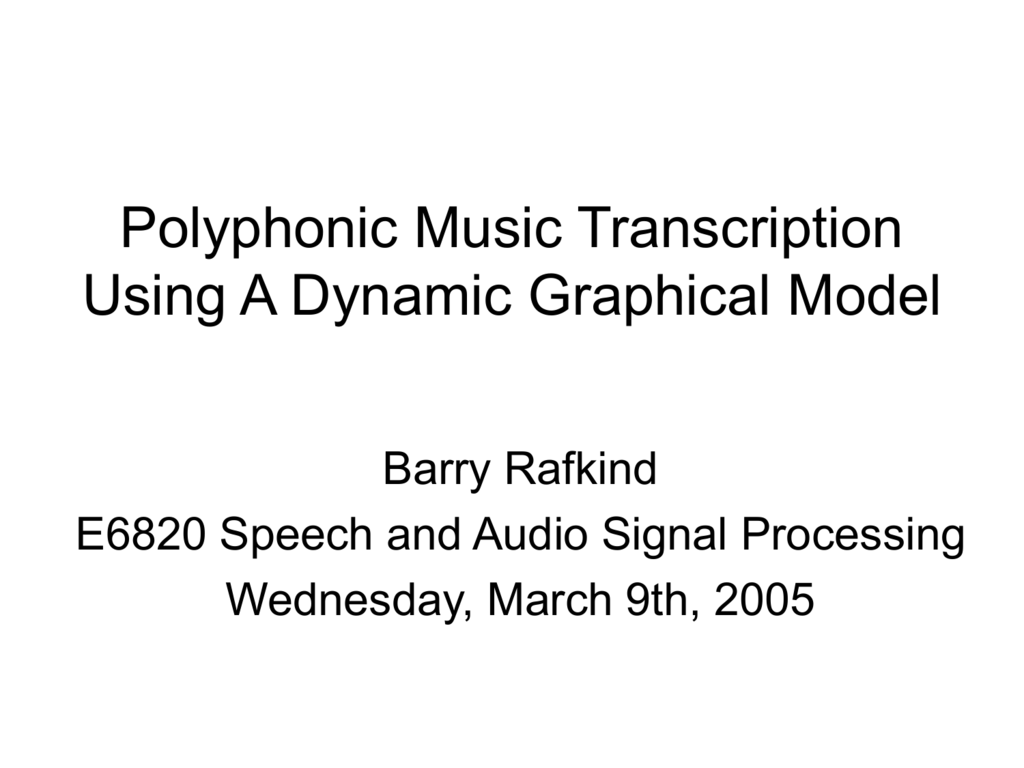

Music has four main types of texture: monophony, polyphony, homophony, and heterophony. Instead we are focusing on how the musical texture is changed by simplifying the arrangement for acoustic guitar and one singer – removing the bass, drums, and other accompanying musical elements (such as harmonies) in the process.īy understanding the different types of texture in music, you can enhance your music’s emotional impact on the listener and create arrangements that take people on a sonic journey. For the sake of this article, we’re not focusing on how the singer’s voice sounds different from Bono’s. You are essentially hearing the same musical work both times, but the texture has been vastly altered. Just like we may describe the texture of a surface as smooth, rough, or sticky, musical texture can be described as the way music “feels” influencing the impression it has on us.Ĭonsider two different arrangements of the same song, such as an anthemic U2 hit vs a stripped-down acoustic cover of the same song. What is Musical Texture?įirstly, this is separate from sonic texture (think warm tube amps and tape sims), but musical and sonic textures draw from similar ideas.

The most important step towards making the kind of arrangements you hear in popular music is to gain an understanding of musical texture.

It took me years to figure this out, and I’d like to help you get there sooner. If you struggle with creating dynamic arrangements, you’re not alone. There’s either too little or too much going on, and the songs don’t feel like they’ve taken you on a journey either way. One of the biggest things I see beginner producers struggle with is creating a full, dynamic arrangement.


 0 kommentar(er)
0 kommentar(er)
